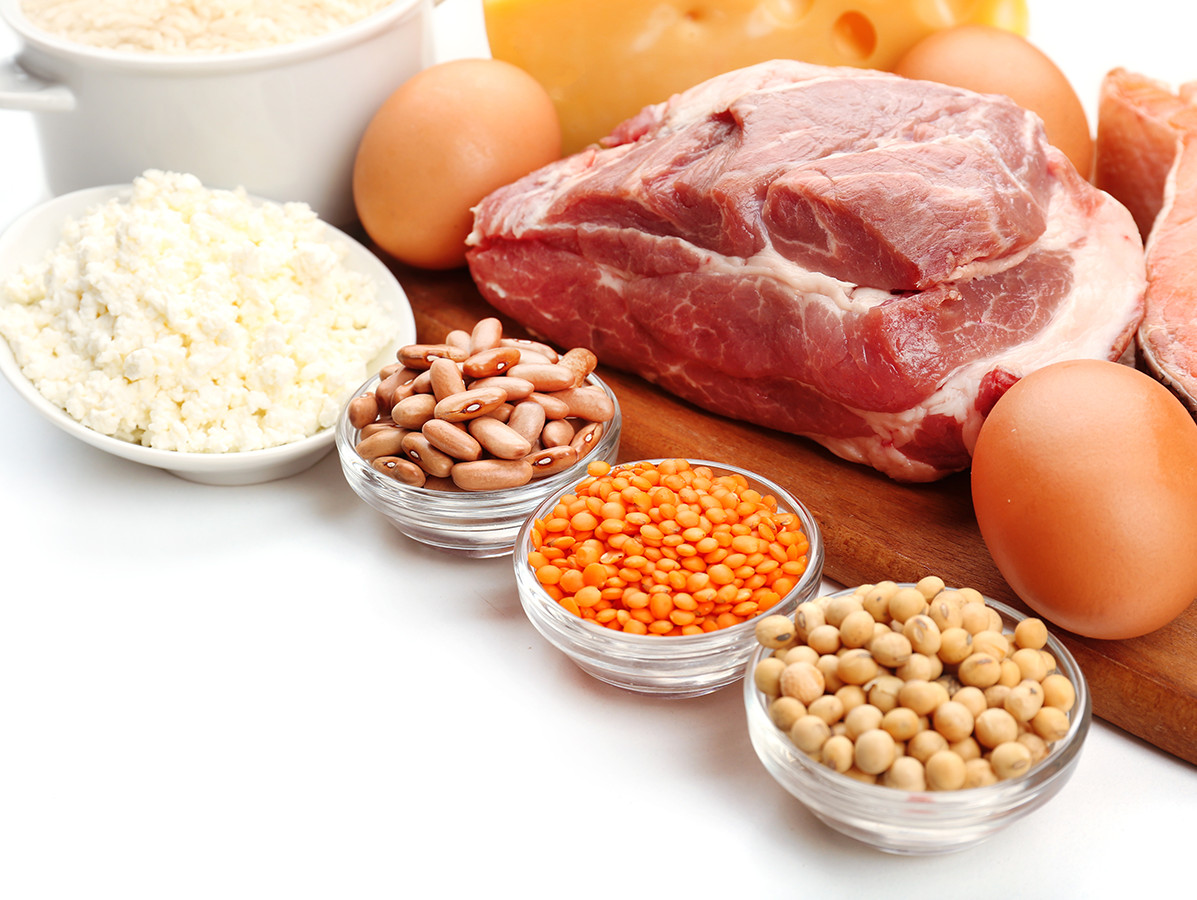
More and more consumers are switching to a diet with less meat, partly for sustainability reasons. The market for meat substitutes is growing in volume, quality and variety. The vast majority of these meat alternatives consist of soy, often in combination with gluten. But soy as a meat substitute has its own challenges. What are good alternatives?
Ideally, the nutritional value of a meat substitute is comparable to that of traditional meat products, so that it can be replaced with meat in the diet without negative health effects. The soybean is a good source of protein. At the moment, the soy we use in Europe is largely imported from America, which is one of the reasons for its negative image. Soy is associated with felling of rainforest, while also a large amount is genetically modified (GMO soy). In Europe we prefer not to import GMO soy. The combination of these reasons result in a growing demand for non-GMO soy and for suitable alternatives.
Essential in this search is: do alternatives offer the same nutritional benefits as soy? What about the protein quality, in which first of all amino acid composition, but also aspects such as digestibility, anti-nutritional factors and the possible presence of allergens play a role? Furthermore, sustainability issues such as CO2 emissions, land and water use are imperative. Cost is an important parameter as well to allow new crops to thrive in the market. At the moment, most non-soy isolates are more expensive than soy, which is probably related to the lower availability. Scaling up cultivation and processing is therefore important in order for these products to become a genuine comparable alternative.
At least as important as nutritional value and sustainability: what about processing, taste and texture? Above all, the product must be tasty and have a good mouthfeel, which depends on the processability of the soy alternative There is still a lot of research to be done in this area. Good processing facilities for the alternatives are barely available in the industry. Wageningen Food & Biobased Research is investigating this current issue.
Pea, lupine and faba beans are interesting alternatives for soy. These legumes traditionally grow on Dutch soil. Crops that (could) grow quite well with in southern Europe are for example lentils and chickpeas. There are probably also good growth areas for mung beans in Europe. The first sustainability advantage of legumes is the nitrogen fixation, which limits the amount of manure needed and increases soil quality.
If we compare peas, chickpeas and faba beans with soy on greenhouse gas emissions, this is not much higher (0.58 kg CO2 equivalent per kg product). Water consumption for peas is somewhat lower than for soy. Lentils have slightly higher CO2 emissions than soy, and use twice as much water. The yield of lentils per hectare is also two times lower than that of soybean, pea, faba beans and chickpeas. In short, based on the sustainability aspects, the 'Old Dutch' crops of peas and faba beans and the European crops of chickpeas and lentils are a good replacement for soy.

Peas, faba beans, chickpeas and lentils are not on the allergens list, giving them an advantage over soy. To compare nutritional value, the first aspect is the amino acid composition. Our body can produce a number of amino acids if sufficient protein is consumed. Others, called essential amino acids, have to be consumed to prevent deficiencies. Three important essential amino acids are lysine, cysteine and methionine. The latter two both contain a sulphur group and can be converted into each other by the body. As a group, however, these 'sulfur-containing amino acids' are essential. Legumes (just like soy, by the way) generally have a low content of sulphurous amino acids, although they are rich in lysine. The low content of sulphurous amino acids can be compensated for by adding grains to the meat substitute based on legumes. Cereals have a high content of sulphurous amino acids and a shortage of lysine. Cereals and legumes therefore complement each other well. Wheat, corn and oats are grown in the Netherlands. Wheat protein (gluten) also has a strong bite.
What about the sustainability of these grains? The CO2 emissions of wheat and barley are slightly lower than those of soy, corn is slightly higher and oats much higher. Water consumption for wheat, oats and corn is lower than for soy, while the yield per hectare is higher. Cereals generally have a low protein content. However, because starch can be derived from this crop (it is often even the main product), the lower protein content does not have to be an obstacle to the sustainability score. In terms of allergenicity (in how far triggers the crop an allergic reactions) combined with the current low consumer acceptance of gluten, wheat is a less suitable than oats.
Flavour and texture remain a challenge for non-soybean crops, that can in part be explained by the larger effort put into soy processing over the alternatives. In general, products with legumes are less firm than those with soy. However, major steps are currently taken to improve texture and taste. For a good texture, first and foremost the way in which the protein is isolated is of enormous importance. If the protein is already 'damaged' during the production of the isolate, there are fewer possibilities to form a good structure. That is why more and more attention is being paid to mild processing methods. The mild processing has a double advantage: if a dry separation can be done, it saves in the energy needed for drying steps that are necessary in a wet separation. In addition, current developments in processing techniques such as extrusion and shear cell are essential to help the progress of meat substitutes. There are now various meat substitutes on the market with pea protein (such as the Beyond Meat burger) and products with faba bean protein (such as the Finnish Pulled Oats) are also introduced in the Dutch supermarkets.
This article has been written in collaboration with Niels Klaassen, Nadine Kuiper, Jeroen Schaeffer, Miel Thijssens and Aaron Wouters.
Images: proteins: © Africa studio/Shutterstock.com, laboratory: © Satawatk/Shutterstock.com
Source: © Vakblad Voedingsindustrie 2020